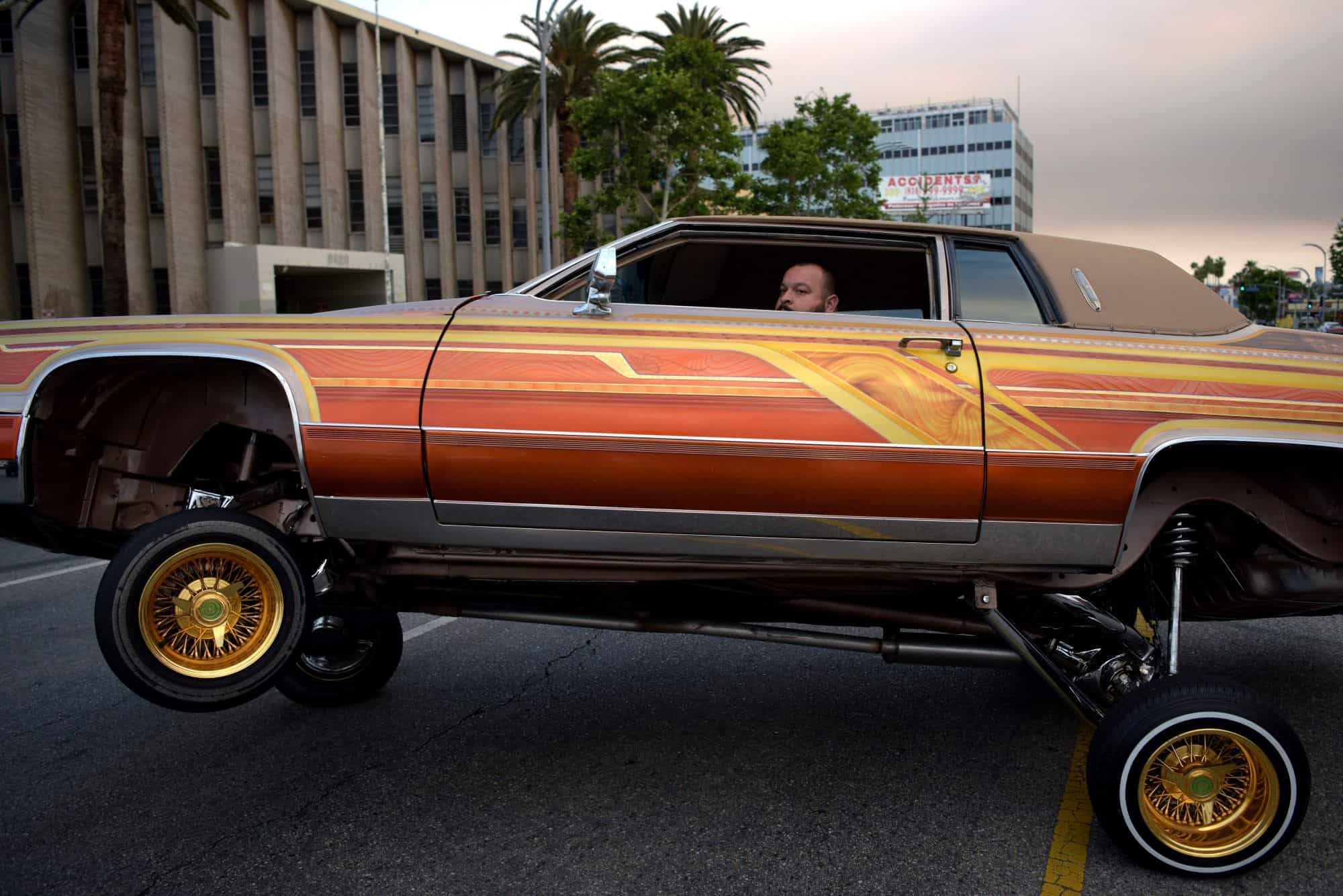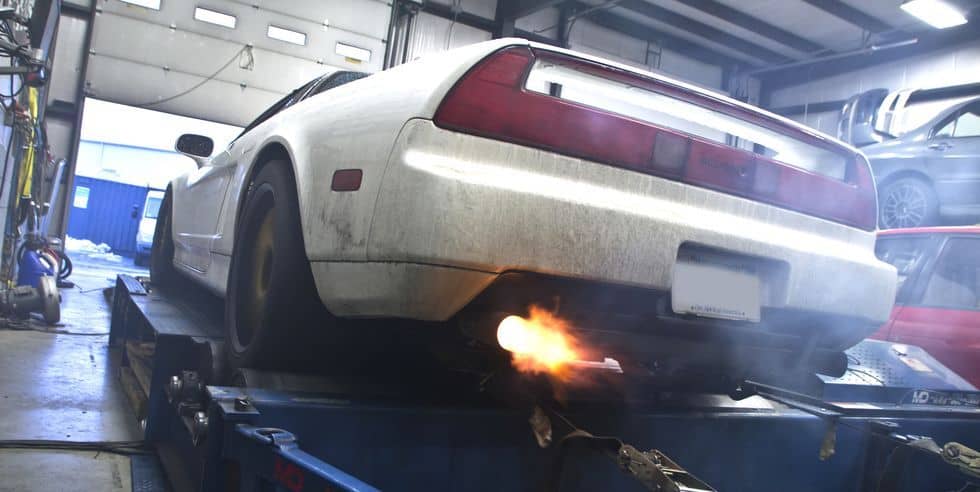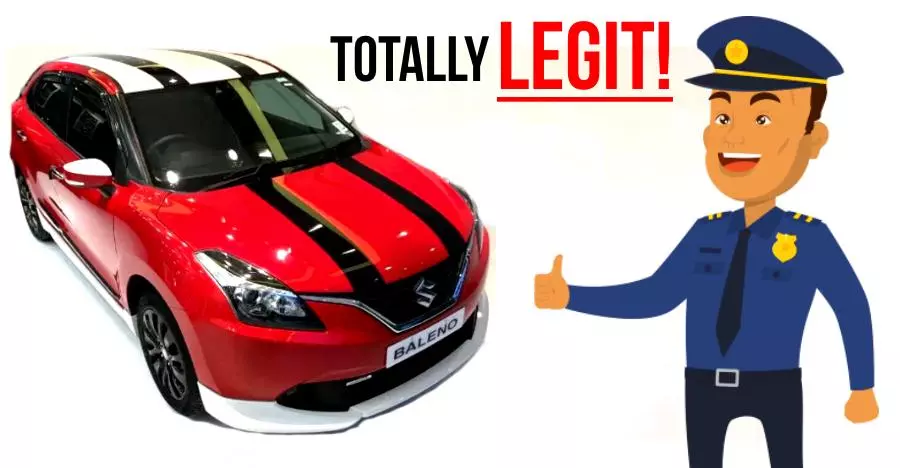Is Car Tuning Legal?
Modifying and customizing your car with performance upgrades or visual enhancements can be an exciting and rewarding process. With so many aftermarket parts and services available today, you have ample options to put your personal touch on a vehicle and enhance its performance. However, many popular car tuning techniques and modifications come with legal restrictions you should understand before customizing your ride. Regulations on modifications vary widely depending on federal, state and even local laws. What may be permitted in one place can be grounds for fines or confiscation in another jurisdiction.
This article will provide an overview of the complex legal landscape around car tuning and modifications. Our goal is to summarize the regulations and restrictions that may apply, allowing you to make informed, lawful choices when altering your car.
Defining Car Tuning and Modification
Before diving into applicable laws, let’s briefly summarize the types of modifications and tuning practices commonly performed on vehicles:
- Engine Tuning – Altering the factory ECU settings via chip tuning or re-mapping to increase horsepower, torque, and engine efficiency.
- Intake/Exhaust Modifications – Upgrading the air intake and exhaust system with revised piping, high flow filters and free-flowing mufflers to enhance engine breathing.
- Suspension Alterations – Lowering vehicle ride height through shortened springs and shock absorbers or increasing ground clearance and approach angles with lift kits.
- Wheels/Tires – Adding larger aftermarket wheels and more aggressive traction tires better suited for performance driving.
- Body Modifications – Installation of aftermarket body parts like front/rear spoilers, side skirts, and diffusers to enhance aerodynamics and styling.
- Lighting – Adding aftermarket headlights, auxiliary lights, interior LEDs, and other visual lighting accessories.
- Wraps/Paint – Applying vinyl wraps or painted graphics to dramatically restyle the vehicle’s exterior.
- Brakes – Upgrading to high performance brake kits with cross-drilled rotors and multi-piston calipers to improve stopping capabilities.
- Interior/Electronics – Customizing the interior with new racing seats, steering wheels, audio systems, and electronics.
With the diversity of modifications available today, you have ample options to put a unique stamp on your ride. But this tuning flexibility does not come without legal parameters and restrictions. Understanding the complex landscape of regulations is mandatory before performing extensive work on your vehicle.
Federal Regulations On Modifications

While individual states have the authority to impose vehicle modification rules, the federal government sets minimum standards in certain areas. Be aware of the following overarching regulations when tuning your ride:
Clean Air Act
The Clean Air Act is one of the most significant factors governing emissions-related modifications. It prohibits tampering with or removing any emissions control equipment on road vehicles.
Specifically, altering or removing catalytic converters is expressly prohibited, as they play a crucial role in reducing harmful exhaust pollutants like nitrogen oxide, carbon monoxide and hydrocarbons.
Even many simple cosmetic modifications like altering body panels or underbody covers are not permitted as they can negatively impact airflow and disrupt emissions control systems.
Performance engine tuning also potentially violates Clean Air Act rules and environmental protection standards. ECU remapping or chip tuning inevitably alters a vehicle’s emissions output across different driving scenarios. For this reason, some states completely prohibit ECU tuning or “emissions tampering” for street-driven vehicles.
Visual Obstruction Limits
Federal motor vehicle standards regulate modifications that can excessively obstruct the driver’s vision or the visibility of safety equipment to other motorists. Common examples include:
Window Tinting – Front windshield tinting is often restricted to lighter 30% grades for minimum visibility. Strongly tinted side and rear glass must allow for proper light transmission.
Exterior Lighting – Headlight and brake light visibility for other drivers must not be impeded. Using certain colored or styled lenses may be prohibited.
Windshield Visual Area – No objects can encroach into the main windshield viewing field so vision remains unobstructed. Aero add-ons like hood scoops must comply.
Spoilers/Wings – Aftermarket spoilers and wings cannot completely block critical areas like brake lights or rear views from certain angles and distances.
Radar Detector Bans
Federal law prohibits radar detector use in commercial vehicles over 10,000 lbs like large trucks and buses. Possession or use of these speed detection evasion devices in commercial vehicles can result in stiff fines.
Some individual states like Virginia and Washington also enforce outright bans on radar detectors in all passenger vehicles. And laser jamming devices are illegal federally across all vehicles. Know local laws before utilizing these tools.
State and Local Car tuning Modification Laws
Individual states and municipalities layer additional regulations on vehicle modifications on top of federal laws. These involve:
Exhaust Noise Limits
One of the most common state-level tuning restrictions involves legal limits on exhaust system noise output. States set maximum decibel thresholds for how loud your car can be, typically enforced during annual safety inspections. Even locally, many towns have imposed nighttime noise curfews.
Modifications like installing performance mufflers, cat-back exhausts, or headers can easily generate noise exceeding these limits if you aren’t careful. California mandates an exhaust volume restriction of just 95 decibels – a threshold easily exceeded with common exhaust upgrades. Even New Hampshire, with fairly lax limits at 106 decibels, can be surpassed by some exhaust setups.
Noise violations quickly stack up hefty fines from local law enforcement or inspection stations. Know your area’s noise limits before modifying your exhaust system.
Restrictions on Suspension Alterations
How low you can legally lower your car’s ride height or how much lift you can add comes down to state regulations on suspension modifications. Many mandates exist around:
Minimum Ground Clearance – Lifted vehicles must retain adequate bumper and undercarriage clearance for safety. Minimum ride heights for bumper effectiveness often apply to lifted trucks and SUVs.
Lowered Vehicle Restrictions – Maximum drop limits are imposed to maintain proper headlight illumination angles and bumper alignment on lowered vehicles. Excess camber alignment changes can be prohibited.
Lighting Angle Compliance – Vehicles altered from their stock ride height must retain headlight and brake light angles that don’t blind other drivers. Inspections will assess this.
Window Tinting Darkness Allowances
Just how dark you can legally tint your car’s windows is dictated by state laws. Front windshield tinting is often restricted to lighter shades around 30% for forward visibility. Rear window tint allowances span from complete bans to permitting full limo-style blackout window film.
- California – Front windshield tint max of 70% light transmittance, front side windows 70%
- Texas – Front windshield 25%, front side windows 25%
- Florida – Windshield max 28%, front side windows 15%
Familiarize yourself with these laws before paying for expensive window film installation you may have to reverse if deemed too dark. Medical exemptions for special tint needs can sometimes be obtained.
Restricted Exterior Lighting
Most states prohibit certain types of non-OEM exterior lighting deemed unsafe or distracting for roadway use. Common examples include:
- Blue or red accessory lighting reserved for emergency vehicles only
- Certain under-car neon ground effect lighting
- Unapproved headlight and brake light stylizing or tinting
- Excessively bright and poorly aimed auxiliary lights
Inspectors will check for illegal exterior lighting during annual vehicle exams. LED light bars must be DOT-approved with proper mounting and aiming.
Legality of Engine Tuning
As discussed earlier, many states prohibit ECU tuning practices that alter a vehicle’s factory emissions control systems. Even where legal, counties and municipalities often layer additional emissions rules.
In California, the Bureau of Automotive Repair provides Referee Labels for approved ECU tunes. But it requires strict testing and certification – most tuners don’t pursue this lengthy process. Hawaii completely prohibits altering or modifying any emissions-related part.
Other locales require switching back to factory ECU programming for annual safety inspections to pass emissions testing. Research local
tuning laws.
Consequences of Running Afoul of Car Modification Laws
Violating the maze of vehicle modification restrictions carries stiff penalties beyond just fines:
- Fix-It Tickets – Common initial enforcement, requiring reversing illegal mods within a short allowed timeframe to avoid fines. Rarely ends with just a warning for anything beyond very minor infractions.
- Fines – Typical penalties for unlawful modifications that inspectors discover or police spot. Excessive noise, visual obstructions, or lighting issues result in typical fines of $100-$500 or beyond. But some states like California impose fines up to $1,000 for emissions-related tampering.
- Loss of Registration/License – State motor vehicle departments can revoke a vehicle’s registration and even suspend the owner’s driver’s license for major violations involving safety and emissions tampering until deficiencies are corrected.
- Component Confiscation – Particularly for repeat offenders, illegal exterior lighting accessories, improperly configured exhausts, and radar detectors may be outright seized during traffic stops or inspections.
- Vehicle Impounding – In extreme cases like profoundly unsafe suspension alterations or excessively dark window tint, local law enforcement may legally impound a vehicle until defects can be reversed.
- Legal Action – Beyond road-use enforcement, violating environmental regulations risks additional civil or criminal liability. State and federal environmental protection agencies pursue legal action for offenses like unlawfully tampering with emissions control equipment.
With penalties extending far beyond monetary tickets into legal jeopardy, it pays knowing regulations before diving into tuning projects.
Safely Selecting Street Legal Car Modifications
Navigating the maze of laws regulating car modifications seems daunting, but becomes manageable by following best practices:
- Thoroughly research federal regulations plus all state and local laws applicable to your location before starting any major project. Never assume a modification you’ve seen others use is legal for your area and situation.
- Avoid any tuning that requires permanently tampering with or disabling federally mandated safety equipment like catalytic converters, seat belts or air bags.
- Seek CARB approval and emissions compliance labeling when required in your state for any parts impacting emissions like forced induction systems or headers.
- When unsure about the legality of a part, select street legal components labeled as 50 state legal or CARB compliant to stay on the safe side.
- For engine tuning software, research must be done to determine emissions legality in your state and county. Many tuners simply caution customers to return ECUs to stock before inspections.
- Seek out inspection approval for questionable body modifications, window tints and lighting additions before installation to avoid problems later.
While prohibitive costs make it infeasible to submit every modification for official approval, following common sense guidelines pays off by avoiding issues staying street legal. Do diligent homework beforehand.

Weighing the Risks and Rewards of Car tuning Modifications
Given the complex patchwork of laws around modifications, a key question is whether the risks outweigh the rewards of tuning your ride. Some considerations around modifying your daily driver:
Street Legality – Will planned modifications pass annual safety inspections and emissions testing in your area? Spending thousands on mods you later must reverse is painful. Not worth losing your registration over illegal equipment.
Insurance Impacts – Many providers won’t cover incidents caused by certain equipment like nitrous systems which are considered racing parts. Performance builds can increase premiums as well.
Peace of Mind – Having to nervously mask modifications from law enforcement or inspectors creates unnecessary stress. Pursue street legal enhancements you can run openly without concerns.
Resell Value – Extensive mods tailored to your personal taste often negatively impact selling price later on. Seek reversible additions and maintain stock parts.
Evaluating your particular planned tuning path against regulations, insurance changes, resale value impacts and peace of mind consequences helps determine if modifications are truly worth it for your situation.
Professional Installation vs. DIY
Given the legal intricacies around car modifications, professional installation is advisable whenever possible for street driven vehicles:
Legality Expertise – Reputable tuning shops only sell and install compliant parts to avoid customer issues down the road. Their knowledge prevents missteps.
Inspection – Shops can submit necessary paperwork and arrange inspections by local regulators when required for modifications like engine swaps.
Configuration – Pro installers properly configure equipment like lift kits and exhausts to legal specifications. Improper DIY work risks problems.
Documentation – Shops provide invoices detailing parts added to prove legality and help with insurance claims or ownership changes.
Warranty Coverage – Reputable brand hardware often comes with contingent warranties when professionally installed by licensed shops.
While the convenience of DIY mods is tempting, the expertise of professional installers pays dividends long-term by ensuring lawful setups that don’t compromise your driving privileges.
Overview of Car tuning Modification Legality
In summary, while many modifications are legal in most regions with proper execution, take particular caution around:
- Emissions tampering – Installing “test pipes” or decat exhausts often violates Clean Air Act rules, as does ECU tuning.
- Noise limits – Aggressive exhausts easily exceed state sound thresholds without precision configuration.
- Suspension changes – Carefully follow ride height rules and compliance procedures for lowered or lifted vehicles.
- Window tints – Darkness grades and minimum visibility levels are dictated by state laws.
- Visual obstructions – Components like wings and hood scoops must not excessively block sight lines.
- Exterior lighting – Limit accessories to legal DOT approved lighting compliant with local laws.
- Detecting devices – Radar and laser countermeasure tools face federal and state bans.
While often tolerated in practice absent complaints, even minor infractions provide law enforcement justification for vehicle stops and inspections if other violations are suspected. Carefully select lawful modifications to avoid issues.

Closing Thoughts
Modifying your daily driver requires carefully weighing your options against the maze of federal, state and local regulations governing allowable alterations. From emissions tampering to excessive noise, steep consequences exist beyond fines for unlawful modifications that sacrifice street legality.
Perform due diligence researching not only the product capabilities of modifications, but legal status as well before purchase. Work with reputable shops skilled at ensuring their work complies with area laws.
Understand that violations or prohibited equipment do provide justification for law enforcement stops even if the infraction itself only warrants a minor penalty. Pursue modifications that allow enjoyment of your ride without undue scrutiny. By understanding the legal landscape around car tuning and modifications before starting projects, you can craft a uniquely personalized vehicle that stays squarely within the bounds of the law.




